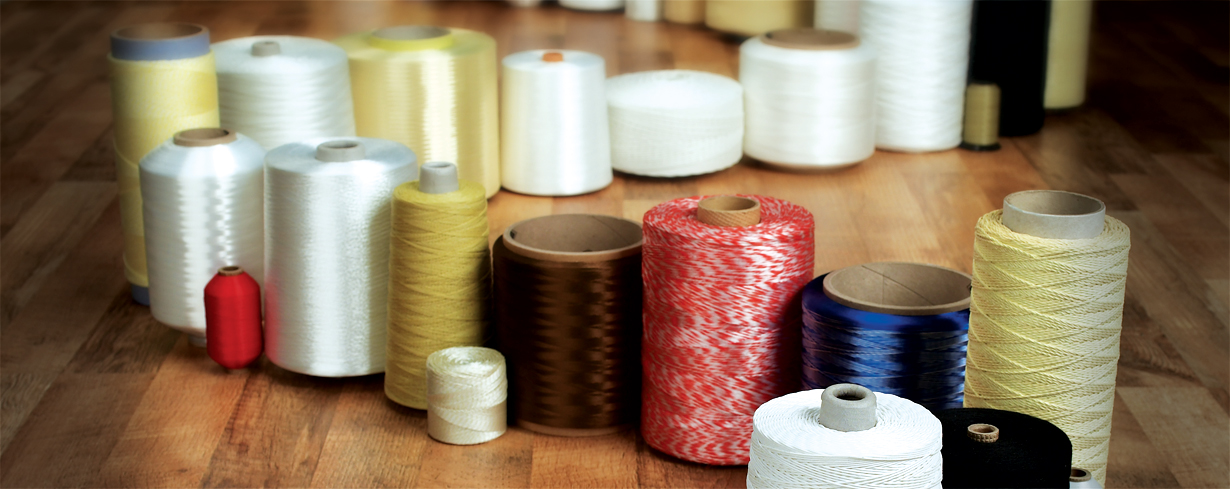The textile industry has been going through a quiet revolution over the past few decades with the emergence and growth of technical textiles. Technical textiles are specialized textile materials or products manufactured primarily for their technical performance and functional properties rather than aesthetic or decorative characteristics. They include textiles for automotive, construction, agriculture, medical, industrial and others.
Agrotech Textiles
Agrotech textiles include a wide variety of textile materials used in agricultural applications such as crop protection, soil engineering, horticulture, aquaculture etc. Some major applications of agrotech textiles are:
Crop Protection: Various nettings and meshes made from polypropylene, polyethylene or composite yarns are used for insect proof crop cages, anti-bird/animal nets, shading nets etc. These provide effective protection from pests and diseases while allowing airflow.
Soil Reinforcement: Geotextiles made from polypropylene or polyester yarns are used as membranes below topsoil layers to prevent soil erosion, stabilize soil structure and increase moisture retention in agricultural fields. They are very effective soil reinforcement materials.
Packaging & Transport: Woven sacks, laminated films and flexible intermediate bulk containers (FIBC) made from polypropylene, jute or cotton provide effective packaging and transportation of agricultural produce as they are durable and protective.
With the growth in precision farming and controlled agriculture practices, the demand for agrotech textiles is growing significantly. Their ability to boost farm productivity in a sustainable manner will ensure agrotech textiles remain an important segment of the technical textiles industry.
Meditex: Textiles for Medical Applications
Technical textiles have wide applicability across healthcare as suture threads, bandages, surgical drapes and much more. Some key medical textile categories are:
Implants: Biodegradable textile implants made from natural/synthetic polymers like PLA, PGA are used as scaffolds for tissue engineering and regenerative medicine. Textile structures provide the desired mechanical integrity and porosity for cell growth.
Wound Care: Non-woven textiles used for modern wound dressings, bandages and other wound care products provide effective fluid management and maintain a moist wound healing environment. Antimicrobial woundcare textiles prevent infections.
Hygiene: Disposable diapers, adult incontinence products and sanitary napkins use specialized non-woven textiles that absorb and retain body fluids while keeping the skin dry.
With large investments going into healthcare infrastructure in emerging nations, and growing chronic diseases globally, the medical textiles industry is expected see strong growth in the coming years. Innovation in biomaterials will further expand medical applications of technical textiles.
Mobiltech: A Booming Segment
Technical textiles for automotive and transportation include durable materials for vehicle interiors/exteriors, safety systems and other applications. Some major mobiltech textile types are:
Composites: Carbon, glass and aramid fiber reinforced composites are increasingly replacing metals in vehicles due to their high strength-to-weight ratios. Composites are ideal for chassis parts, seats, door panels etc.
Safety Textiles: Airbag fabrics, seatbelts, protective clothing use high-tenacity polyamide, polyester or aramid yarns that can withstand high impact loads during collisions.
Filters: Non-woven filter materials made from synthetic or natural fibers like jute are critical automotive components that ensure particulate and air quality inside vehicle cabins.
With vehicle production growing significantly worldwide driven by emerging markets, mobiltech will see strong double digit growth over the medium term. Lightweighting of vehicles will further boost composite textile usage. The sector is also innovating with conductive textiles for applications like smart interior panels.
Other Major Categories
Some other thriving categories of technical textiles include:
– Buildtech: Geo-membranes, tarpaulins, awnings, concrete reinforcement fabrics used extensively in infrastructure, construction industries.
– Hometech & Oekotech: Upholstery fabrics, floorcovers with performance properties, agro-textiles such as shading nets.
– Packtech & Indutech: Conveyor belts, drive belts, filtres, hoses, industrial sewing threads used across sectors.
– Sportech: High performance textiles for apparel, footwear, equipment in sports/adventure applications.
– Clothtech: Functional & smart textiles with properties like thermoregulation, UV protection for applications like work-wear & outdoor clothing.
Potential and Challenges
Technical textiles have transitioned from being obscure industrial products to everyday items that have improved lives. The sector is on an upswing currently growing at 7-8% annually globally. Asia Pacific leads with a 40% share especially China, India being major technical textiles hubs.
However, challenges remain around access to advanced materials, high R&D costs and talent. Sustainability also needs focus given the vast resource consumption. If these challenges are addressed, technical textiles industry has potential to touch $250 billion in value within this decade through continued innovation.
*Note:
1. Source: Coherent Market Insights, Public sources, Desk research
2. We have leveraged AI tools to mine information and compile it


